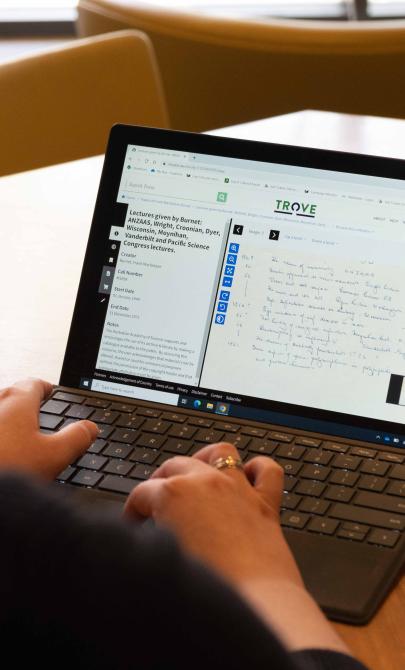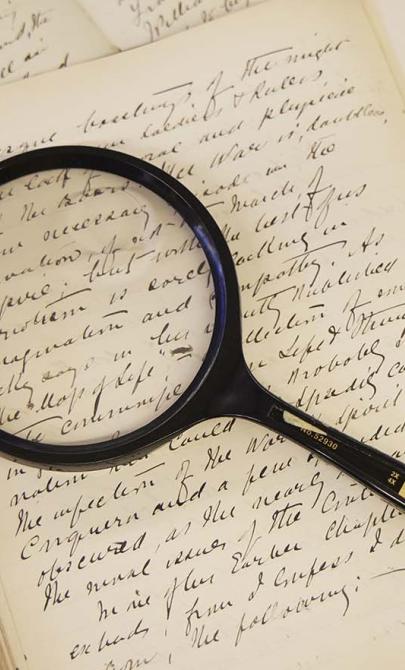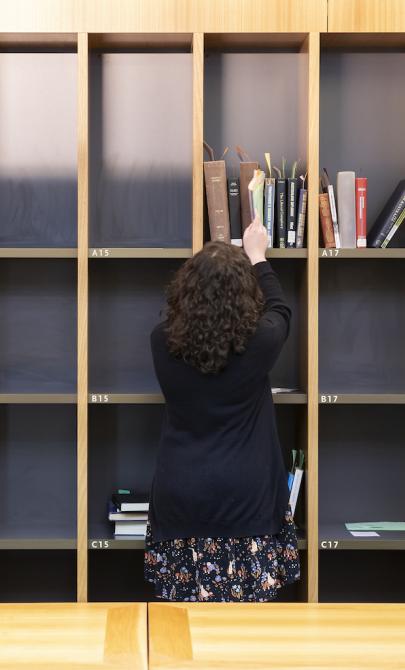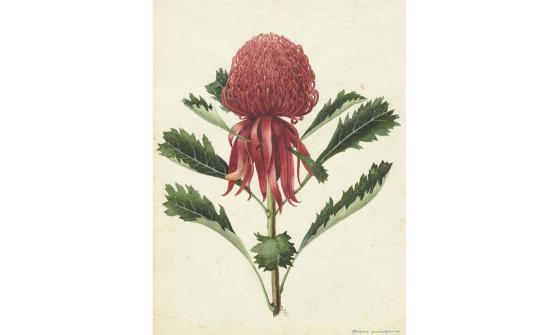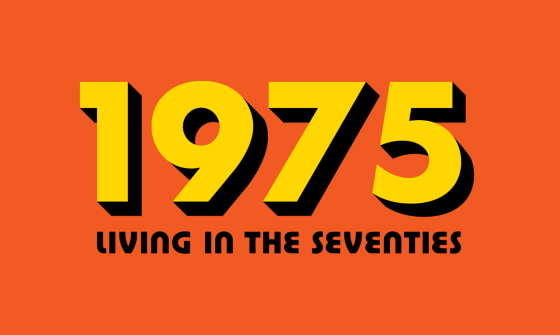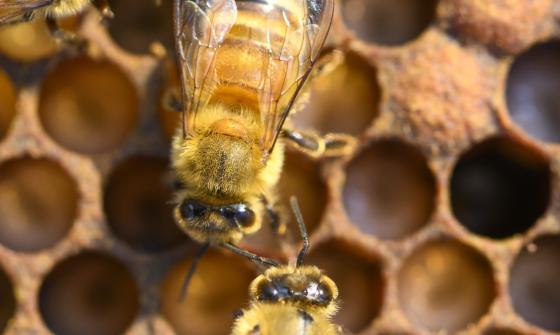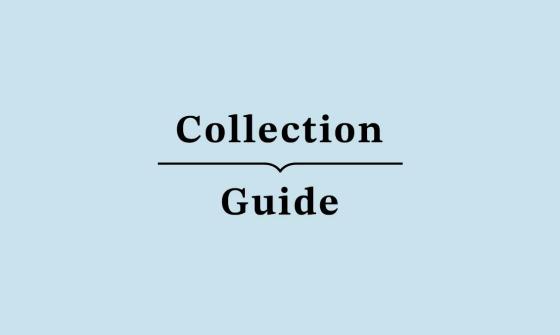Westall Collection
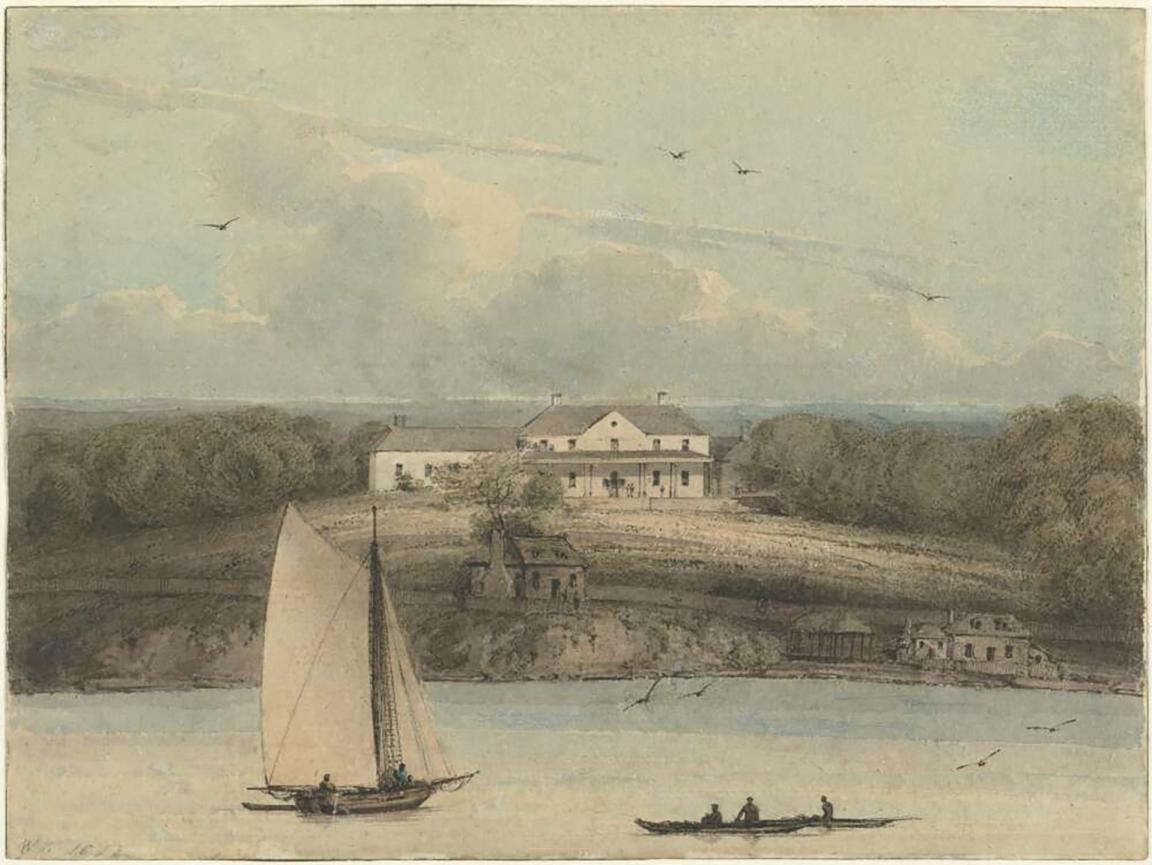
William Westall, Drawings, 1801, nla.gov.au/nla.obj-138873713
William Westall, Drawings, 1801, nla.gov.au/nla.obj-138873713
Key items in the collection
Highlights from this collection demonstrate its historical significance and variety.
The Westall Collection includes 139 works, primarily pencil drawings, pencil and wash drawings, and watercolour paintings. With the exception of two, all pieces were created during the voyage of HMS Investigator between 1801 and 1803. The collection is made up of:
- 79 views and panoramas
- 15 coastal profiles (each containing 3 or 4 images)
- 25 drawings of Aboriginal and Torres Strait Islander people
- 4 drawings of Macassans and their fishing boats
- 15 drawings of local flora and fauna
These artworks capture many of the locations visited during the expedition, including the Cape of Good Hope, King George’s Sound, Recherche Archipelago, Spencer’s Gulf, Kangaroo Island, Port Phillip, Port Jackson (including Government House, Sydney), Hawkesbury River, Cape Byron, Keppel Bay, Port Bowen (Port Clinton), Bustard Bay, Mount Westall, Percy Isles, Murray Islands, Torres Strait, Groote Eylandt, Caledon Bay, and Arnhem Land.
Though created for practical purposes, rather than artistic expression, these works are notable for their accuracy and freshness, offering a contrast to the more stylised paintings found in A Voyage to Terra Australis.
The collection also includes paintings of Indigenous peoples from regions such as Spencer’s Gulf, Port Jackson, Keppel Bay, Murray Islands, Torres Strait, and Caledon Bay. Some of these are in a neo-classical style, with European features, while others are more realistic and evoke strong emotional responses. The drawings of trees, plants, seals, and a snake were preparatory works for larger compositions.
The collection contains three watercolours bequeathed by Elizabeth Westall, which depict views of:
- Seal Island, King George’s Sound
- Port Lincoln
- Mount Westall, near Port Bowen
Additionally, the Library holds engravings of the nine paintings that illustrated A Voyage to Terra Australis.
There are also two portraits of Westall:
- A self-portrait in oil, created around 1820
- A pencil and watercolour portrait by his son, Robert Westall, from around 1845
- A bust of Westall made by Edward James Physick in 1850
About William Westall
Early life and voyage to Australia
William Westall (1781–1850) was born in Hertford, England, and raised in London. He was taught to draw by his half-brother, Richard Westall, a well-known watercolour painter. In 1799, Westall was admitted to the Royal Academy School, the same year as John Constable. The following year, he was appointed the landscape artist on HMS Investigator, commanded by Matthew Flinders. During the ship's circumnavigation of Australia, Westall created numerous pencil and wash landscapes and coastal profiles. Some of these works were lost or damaged when HMS Porpoise ran aground on Wreck Reef in 1803, stranding Westall and his drawings for eight weeks. The surviving works were later sent to England for restoration by Richard Westall.
Work in England and commissions
After returning to England in 1804, Westall traveled to Madeira and Jamaica, creating watercolour views of the places he visited. His work was exhibited in London, and the Admiralty commissioned him to paint nine pictures for Matthew Flinders’s A Voyage to Terra Australis (1814). Many of his paintings were reproduced as aquatints and appeared in various publications, including A History of the University of Oxford (1814) and A Picturesque Tour of the River Thames (1828). In 1812, he was elected an associate of the Royal Academy, but he never achieved the fame of his brother.
Artistic style and legacy
Although Westall was not as prolific as his shipmate, Ferdinand Bauer, he had a strong interest in the picturesque. He was not entirely impressed with the Australian landscape, and in 1804, he wrote to Sir Joseph Banks, expressing disappointment that the Investigator had only taken him to New Holland, rather than the South Sea Islands he had hoped to visit. Westall’s focus shifted to depicting locations like China, India, Madeira, and the West Indies when he returned to England. Despite his personal reservations about Australia, he was one of the first professional artists to visit the country, and his paintings and drawings hold significant documentary value.
Background to the collection
The Australian drawings by Westall were sold to the Royal Colonial Institute in London by his son, Robert Westall, in 1889. The collection was later offered for sale by the Royal Commonwealth Society in 1968 and was purchased by the Library.
Other works by Westall were acquired through various sources. A painting of Mount Westall was bought from M.J. Gibbons in 1970. A wash drawing of the wreck of the Porpoise was purchased at a Sotheby’s auction in 1973. In 1988, the Library received three watercolours of Westall as a bequest from his great-granddaughter, Elizabeth Westall. The following year, it purchased a portrait of Westall by his son, Robert Westall, from Elizabeth’s sister, Mary Lester, who had also donated a bust of Westall. A self-portrait by Westall was acquired at a Sotheby’s auction in 1990.
The Westall Collection is housed in the Pictures Collection, occupying 14 boxes. The paintings, portraits, and bust of Westall acquired from other sources are also part of this collection. Each item has been individually catalogued, and most have been digitised.
This guide was prepared using these references:
- Elizabeth Findlay, Arcadian Quest: William Westall’s Australian Sketches, National Library of Australia, Canberra, 1998.
- T.M. Perry, Westall, William (1781–1850), Australian Dictionary of Biography online.
- T.M. Perry and Donald H. Simpson, , Drawings by William Westall, Landscape Artist on Board H.M.S. Investigator During the Circumnavigation of Australia by Captain Matthew Flinders R.N., in 1801–1803, Royal Commonwealth Society, London, 1962.
- Richard J. Westall, The Westall Pictures, National Library of Australia News, vol. 17 (5), February 2007, pp. 7–10.
- Richard J. Westall, Westall’s New Botanic Drawings, National Library of Australia News, vol. 18 (3), December 2007, pp. 14–17.
